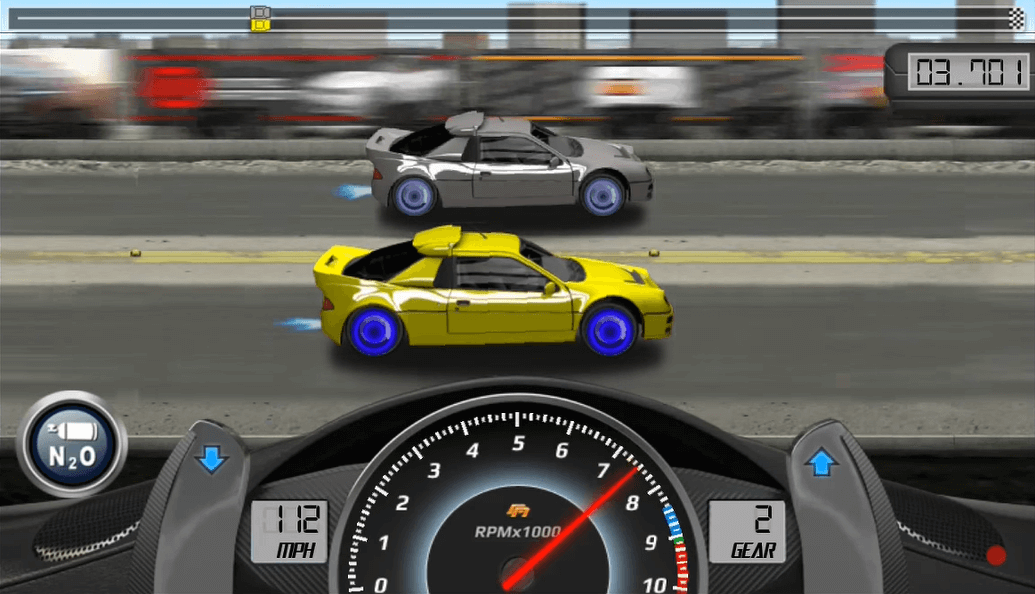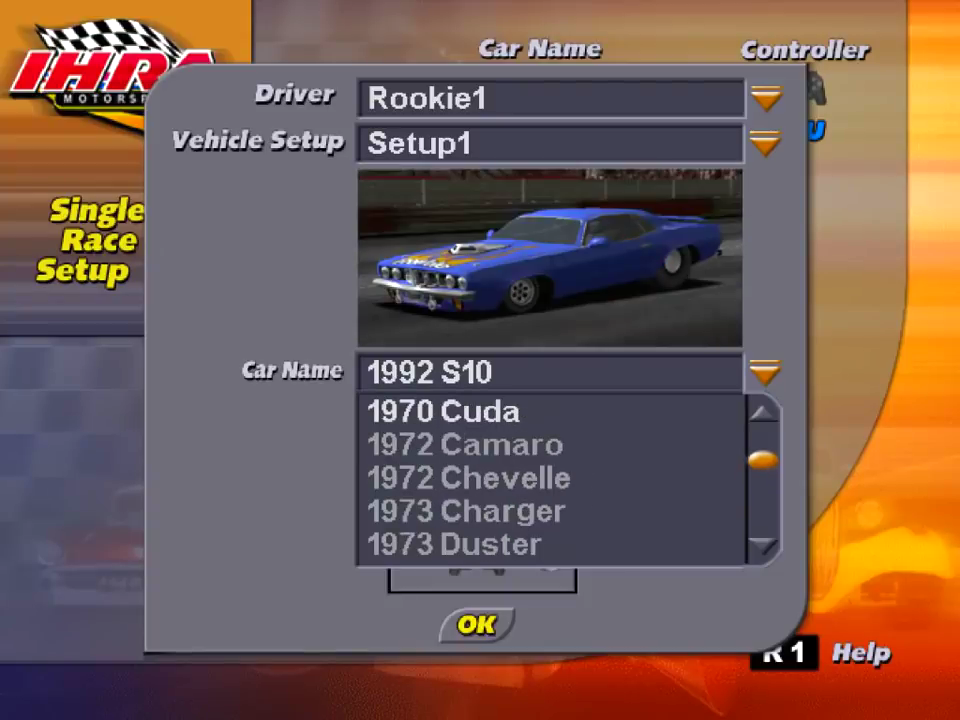


No penalties are handed out for contact, other than the time both parties lose for playing silly buggers and inevitably heading off track. Brief time penalties are incurred when you cut corners, and you can see exactly how much cutting constitutes a penalty by observing the marker poles beyond the apexes. The game itself is pretty laissez-faire about racing conduct. That Early Access did come out in March, after all. Partly motivated by the unforgiving collision physics and perhaps partly by the air of joviality inherent to a game about tiny vehicles racing through Aardman Animation sets, they’re usually sporting-and about three seconds a lap quicker than you. That’s not to say those strangers themselves are a bad lot, you understand.

Going fast here is about picking out and committing to perfect racing lines, keeping all inputs smooth, and holding onto momentum like it’s a fistful of James May’s M&S Autograph blazer after he wanders a bit too close during a Grand Tour filming. What isn’t evident until your first race is the sheer amount of subtlety baked into those adorable little vehicles. If you’re a veteran of many a cross-legged Micro Machines campaign from the 16-bit days or, to be honest, if you’ve simply seen a screenshot and clocked the isometric camera, you’ve got a handle on how it feels to drive. Nobody but Vancouver-based Original Fire Games, releasing its debut under the Square Enix Collective indie initiative. Every racing game press release since 1997 has promised a perfect blend of arcade accessibility and a depth of simulation that rewards continued effort with gradual mastery, and we’re right to react like dogs hearing a high-pitched noise when we see it because nobody actually pulls it off.


 0 kommentar(er)
0 kommentar(er)
